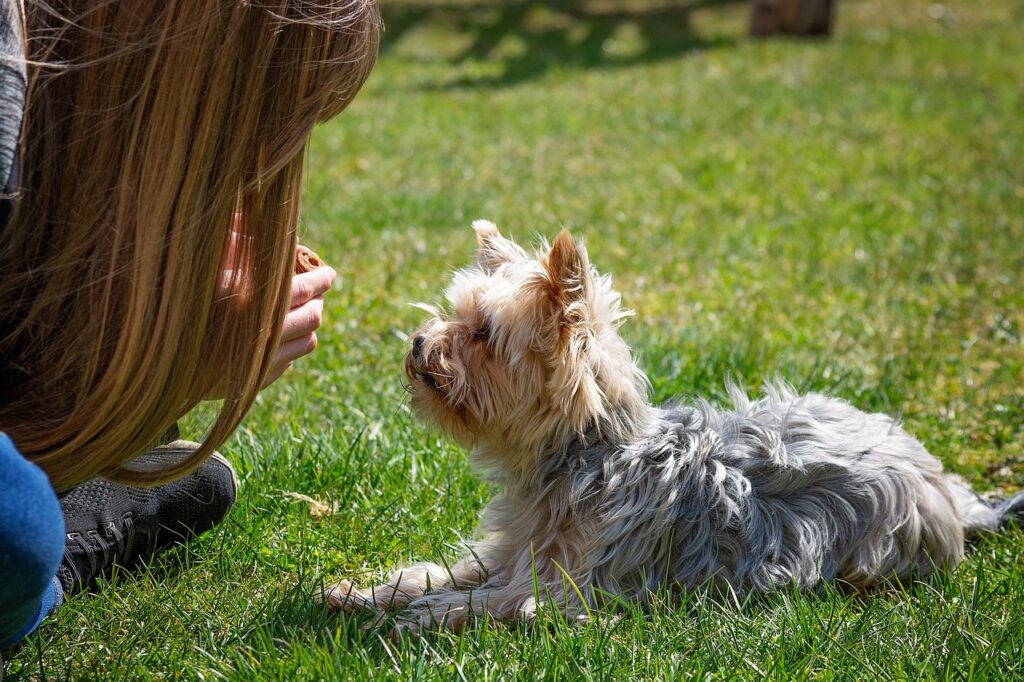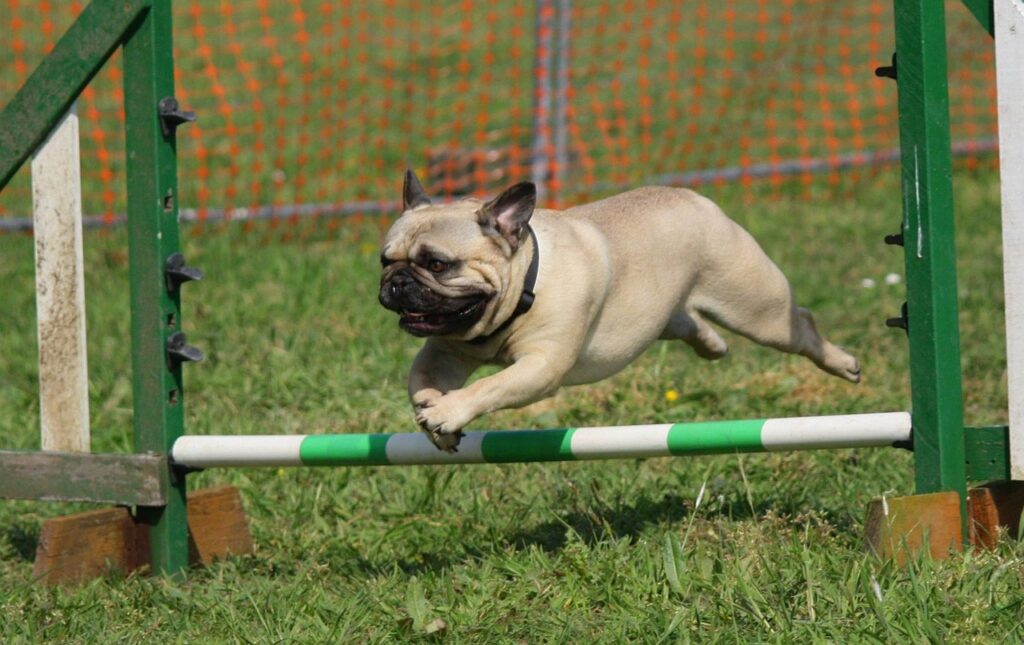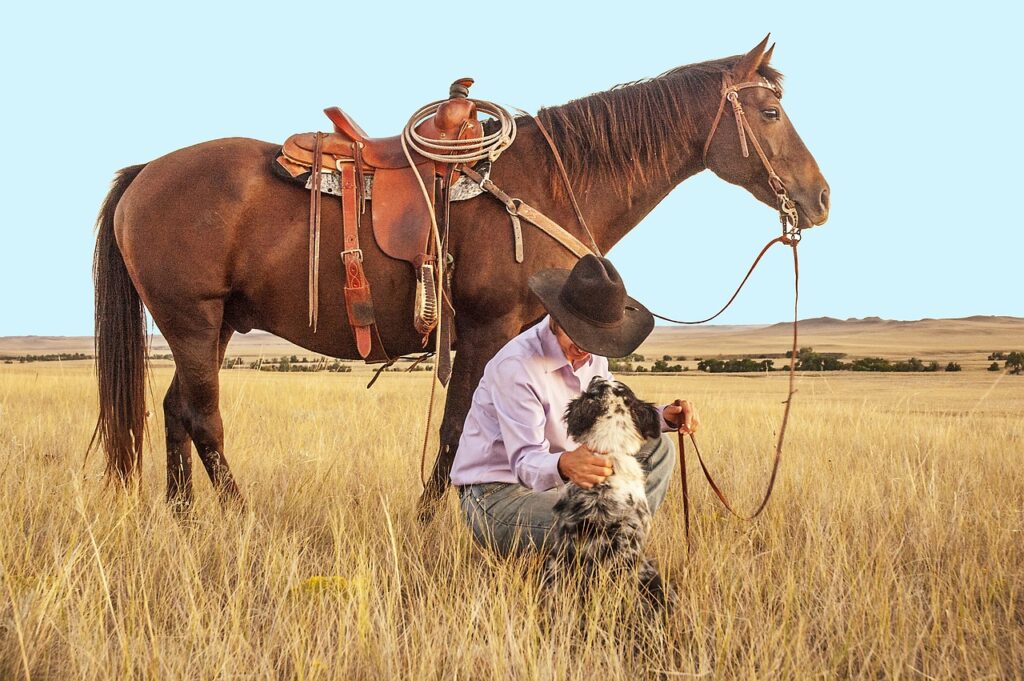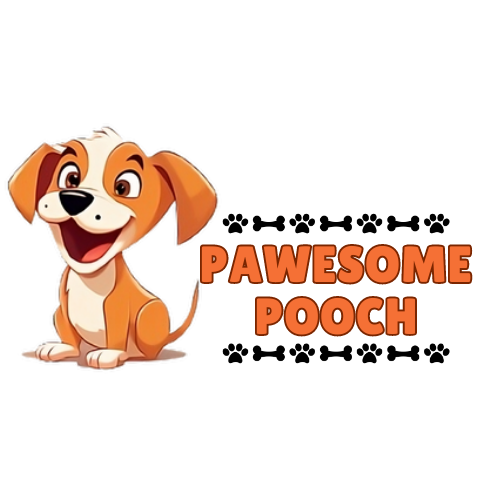
So you’ve just brought home a new furry friend and now you’re faced with the challenge of housetraining them. Don’t worry, we’ve got you covered! In this article, we’ll walk you through the essential steps to successfully housetraining your dog, from establishing a routine to understanding their behavior. Whether you’re a first-time dog owner or simply looking to brush up on your training skills, we’re here to help you create a harmonious living space for you and your canine companion.
How Do I Housetrain My Dog?
Housetraining your dog is an essential part of being a responsible pet owner. It not only ensures that your dog has good manners and hygiene but also creates a harmonious living environment for both you and your furry friend. If you’re wondering how to go about housetraining your dog, fear not! In this comprehensive guide, we will walk you through the basics of housetraining step by step. So grab a cup of coffee, get comfortable, and let’s dive in!
Understanding the Basics
Determining the Right Time
Timing is crucial when it comes to housetraining your dog. It is best to start the process when your puppy is around 12 to 16 weeks old. At this age, they have better control over their bladder and bowel movements, making the training process more manageable. However, older dogs can also be housetrained with patience and persistence.
Establishing a Routine
Consistency is key when it comes to housetraining. Establishing a routine helps your dog understand when and where they should relieve themselves. Take your dog outside to their designated bathroom area at the same times every day, such as first thing in the morning, after meals, and before bedtime. A routine will make it easier for your dog to learn and anticipate when it is appropriate to go potty.
Creating a Designated Area
Designating a specific area for your dog to use as their bathroom spot is crucial for successful housetraining. Whether it’s a corner of your backyard, a litter box, or pee pads indoors, having a consistent spot where your dog can relieve themselves will help them understand and develop the right habits. Make sure to clean the area regularly to maintain hygiene and discourage your dog from using other areas of your home as their bathroom.

This image is property of pixabay.com.
Crate Training
Choosing the Right Crate
Crate training can be an effective tool for housetraining your dog. When choosing a crate, ensure it is the appropriate size for your dog – large enough for them to stand, turn around, and lie down comfortably. Avoid crates that are too big as it may encourage your dog to use a portion of it as a bathroom area.
Introducing the Crate
Introduce the crate to your dog gradually, making it a positive and comfortable space for them. Place soft bedding, toys, and treats inside to encourage them to enter willingly. Start by leaving the crate door open and allow your dog to explore it at their own pace. As they become more comfortable, gradually close the door for short periods while you are present to build their confidence and sense of security.
Using the Crate for Housetraining
The crate can be used as a valuable tool during the housetraining process. Dogs naturally want to keep their sleeping area clean, so utilizing the crate can help them develop bladder and bowel control. Keep your dog in their crate for short periods when you cannot supervise them, and always let them out to relieve themselves immediately afterward. Remember, it’s essential to give your dog plenty of opportunities for bathroom breaks outside of the crate as well.
Frequent Bathroom Breaks
Establishing a Schedule
Developing a consistent bathroom schedule helps your dog understand when it’s time to relieve themselves. Take them outside or to their designated bathroom area every few hours, especially after meals, playtime, or waking up from naps. Consistency will help reinforce the desired behavior and minimize accidents.
Recognizing Signs of Need
Pay attention to your dog’s body language and behavior to identify signals that they need to go outside. Sniffing the ground, circling, whining, or scratching at the door are common indicators that your dog needs to relieve themselves. Respond promptly to these signs and guide them to their designated bathroom area or take them outside.
Using Positive Reinforcement
Positive reinforcement is essential during the housetraining process. Whenever your dog eliminates in the correct spot, praise them enthusiastically, offer treats, and shower them with love and affection. The joyous rewards will reinforce the behavior you desire and motivate your dog to repeat it. Keep a stash of treats handy so you can quickly reward them for their good behavior.

This image is property of pixabay.com.
Reward-Based Training
Choosing Appropriate Rewards
When it comes to choosing rewards for your dog’s housetraining, opt for treats that are highly palatable and enticing for them. Soft, bite-sized treats or pieces of their favorite food can be great options. Experiment and find out what your dog finds most motivating and rewarding.
Timing and Consistency
Timing is everything when it comes to reinforcing desired behaviors. Make sure to reward your dog immediately after they eliminate in the correct spot. Delaying the reward might confuse your dog and make it challenging for them to associate the treat with the desired behavior. Consistency is also crucial – reward your dog every time they go potty in the right place to reinforce positive habits consistently.
Avoiding Punishments
It’s important to remember that punishing your dog for accidents or mistakes during the housetraining process is counterproductive. Dogs do not understand punishment in the same way humans do, and it can lead to fear, anxiety, and even regression in their training progress. Instead, focus on positive reinforcement to encourage and reward your dog for their good behavior.
Cleaning Accidents Properly
Immediate Response
Accidents happen, especially during the housetraining process. It’s important to address accidents promptly to prevent your dog from developing a habit of using the wrong areas as their bathroom. As soon as you notice an accident, calmly and gently interrupt your dog and take them outside or to their designated bathroom area to complete their business.
Using Enzymatic Cleaners
Properly cleaning accidents is essential to eliminate odors that might encourage your dog to revisit the same spot. Enzymatic cleaners are specifically designed to break down urine and fecal traces, eliminating odors completely. Avoid using cleaners with harsh chemicals or ammonia, as they can potentially attract your dog to those areas.
Preventing Repeated Accidents
To minimize the likelihood of repeated accidents, keep a close eye on your dog’s behavior, especially during the housetraining process. Supervision is key – if you cannot directly supervise your dog, consider using baby gates or crate them temporarily to prevent any accidents. Over time, as your dog develops good bathroom habits, you can gradually increase their freedom and decrease the need for constant supervision.

This image is property of pixabay.com.
Managing Food and Water Intake
Scheduled Meals
Establishing a regular feeding schedule is vital for housetraining your dog. By feeding your dog at the same times each day, you can create a predictable bathroom routine. Remove any uneaten food within 10 to 15 minutes to prevent overeating, which can lead to more frequent bathroom breaks and potential accidents.
Monitoring Water Access
While it’s important to ensure your dog stays hydrated, monitoring their water intake can help manage their bathroom habits. Offer water throughout the day, but remove access at least two hours before bedtime to reduce the likelihood of nighttime accidents. Remember to provide fresh water regularly to keep your dog hydrated and healthy.
Consistency with Meal Times
Consistency in meal times helps regulate your dog’s digestive system and creates a predictable routine for their bathroom needs. If you alter your dog’s feeding times too frequently, it can disrupt their digestive schedule, leading to unpredictable bathroom habits. Stick to a consistent feeding schedule to promote regular and timely elimination.
Supervising and Controlling Environment
Using Leashes Indoors
During the housetraining process, using leashes indoors can help you to keep a close eye on your dog and prevent accidents. Attach a lightweight leash to your dog’s collar when they are inside the house – it allows you to monitor their movements and quickly guide them outside when necessary. As your dog becomes better housetrained, you can gradually decrease the use of indoor leashes.
Blocking Off Unsafe Areas
Your home might have areas that are off-limits or unsafe for your dog. Use baby gates or closed doors to block access to these areas until your dog is fully housetrained. This will prevent accidents or damage to your belongings and ensure your dog’s safety.
Minimizing Distractions
When it’s time for your dog to relieve themselves, minimize distractions as much as possible. Keep them away from loud noises, other animals, or any other factors that might divert their attention. This will help them focus on the task at hand and develop a habit of going potty efficiently.
Utilizing Command Words
Choosing Clear Commands
Using clear and consistent command words can help your dog associate certain actions with specific words. Choose simple and easy-to-understand commands such as “Go potty” or “Do your business.” Use the same command consistently so that your dog understands what is expected of them.
Consistent Use of Commands
Consistency is crucial when it comes to command words. Use the chosen words every time you take your dog to their designated bathroom area or when you notice them showing signs of needing to relieve themselves. Consistent use of commands will help your dog understand what you want them to do and establish a clear association between the command and the desired action.
Reinforcing Commands with Rewards
Pairing commands with rewards is a highly effective method to reinforce positive behavior. Whenever your dog follows your command and eliminates in the designated area, reward them with treats and praise. Over time, they will learn to associate the command words with the desired behavior and be more likely to perform accordingly.
Patience and Persistence
Understanding Individual Progress
Every dog is unique, so it’s essential to understand that housetraining progress may vary. Some dogs may catch on quickly, while others may take longer to grasp the concept. Patience is key – be prepared for setbacks, accidents, and inconsistency along the way. Tailor your training methods to suit your dog’s individual needs and always remain patient and supportive during the housetraining process.
Maintaining a Positive Attitude
Maintaining a positive attitude is crucial when housetraining your dog. Dogs are highly sensitive to human emotions, so being frustrated or angry can impede their progress. Remember to stay calm, enthusiastic, and encouraging. Celebrate each successful milestone, no matter how small, and your dog will thrive under your positive guidance.
Being Consistent with Training
Consistency is the cornerstone of successful housetraining. Stick to your established routine, praise and reward your dog consistently for good bathroom behavior, and be patient during setbacks. Dogs thrive on routines and clear expectations, so by maintaining consistency in your training efforts, you will set your dog up for housetraining success.
With these comprehensive housetraining tips, you will be well on your way to having a well-mannered and clean dog in no time. Remember, housetraining requires time, effort, and plenty of patience, but the rewards of a well-trained and housebroken dog are immeasurable. So grab your furry friend, embark on this exciting journey together, and enjoy the bond and love that grows as you conquer the housetraining challenge hand in paw.

